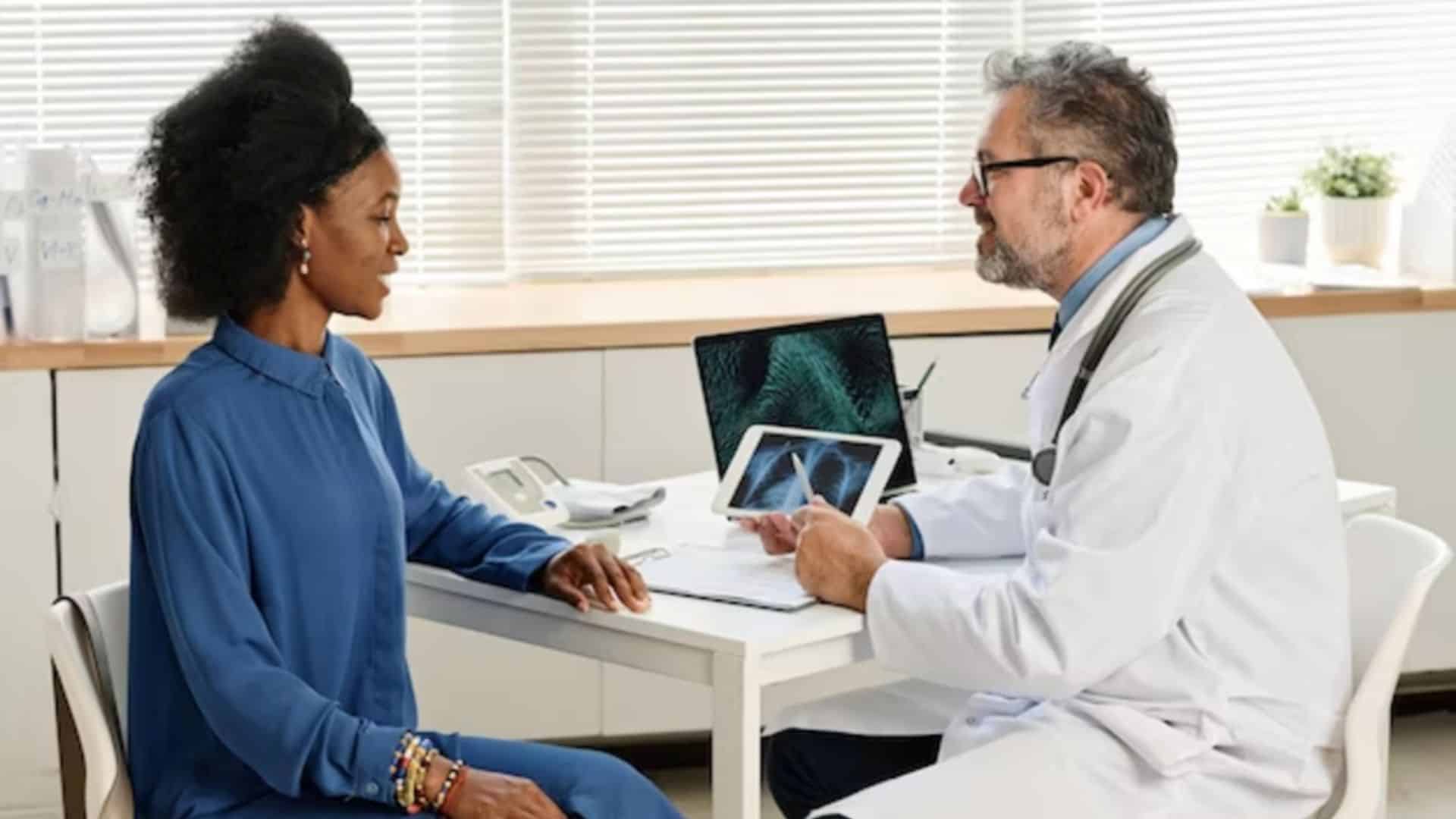Managing Patient Issues on Private Pay Collections
In healthcare, managing patient issues related to private pay collections is essential for maintaining the financial health of a practice while ensuring patient satisfaction. Navigating private pay collections can be challenging, especially when patients encounter difficulties in understanding or fulfilling their payment responsibilities. Addressing these issues requires a thoughtful approach that balances empathy with effective financial management. Let’s explore some practical strategies for managing patient issues in private pay collections to improve the payment experience for patients and streamline revenue flow for providers.
Understanding Common Challenges in Private Pay Collections
One of the main challenges in managing patient issues on private pay collections is the lack of clarity around healthcare costs. Patients often feel overwhelmed by medical expenses, especially if they are unfamiliar with the private pay system. In some cases, patients may delay or neglect payments due to confusion over billing statements, insurance coverage gaps, or unexpected costs. This confusion can quickly become a barrier to private pay collections, resulting in delayed payments and added strain on the practice’s revenue cycle.
Additionally, the increasing shift toward high-deductible health plans has left many patients responsible for larger out-of-pocket expenses. Without proper guidance, patients may struggle to keep up with payments, leading to an accumulation of outstanding balances that can hinder a healthcare provider’s cash flow.
Providing Clear Communication and Billing Transparency
Improving communication is a foundational step in managing patient issues in private pay collections. Educating patients about their financial responsibilities early on can help reduce misunderstandings and build trust. For example, during the patient intake process, staff can explain payment expectations, billing timelines, and available payment options. Offering a transparent, easy-to-read billing statement that clearly outlines charges, due dates, and contact information for billing inquiries helps patients feel more in control of their expenses.
Transparency in billing goes a long way in fostering a positive relationship between patients and providers. By making sure patients are fully informed about what they owe and why, providers can minimize disputes and prevent delays in private pay collections.
Implementing Flexible Payment Options
Offering flexible payment options is another effective strategy in managing patient issues on private pay collections. Many patients face financial constraints, and providing payment plans or other financing options can make medical costs more manageable. Practices can set up monthly or bi-weekly installment plans that align with patients’ budgets, allowing them to make consistent payments without feeling overwhelmed.
Flexible payment solutions cater to a range of patient needs and prevent payment delays, benefiting both patients and providers. By demonstrating flexibility, healthcare providers can increase collection rates and reduce the likelihood of accounts moving into collections or becoming bad debt.
Enhancing Follow-Up and Patient Support
In managing patient issues on private pay collections, proactive follow-up is key. Often, patients simply need a reminder or a point of contact to resolve payment issues. Sending timely reminders through text messages, emails, or phone calls before payment deadlines can encourage timely payments and keep patients informed.
Additionally, providing a dedicated billing support team can offer patients a resource for addressing any questions or concerns. A compassionate, knowledgeable support team can help resolve misunderstandings, clear up billing questions, and offer support for patients who need additional assistance in making payments.

Conclusion
Managing patient issues on private pay collections is crucial to maintaining both patient relationships and the financial stability of a healthcare practice. By ensuring clear communication, offering flexible payment options, and enhancing follow-up support, providers can navigate the challenges of private pay collections effectively. For a comprehensive solution that simplifies patient payments and streamlines collections, Murphi.ai provides innovative tools tailored to the unique needs of healthcare providers.. For more information, feel free to contact us.




















